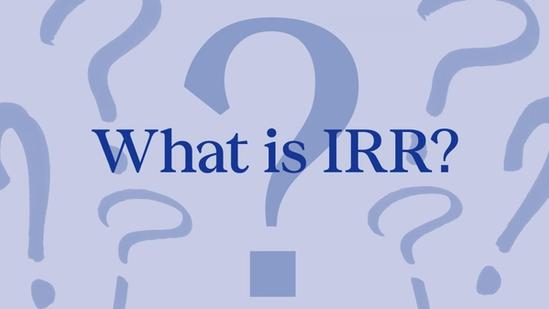What Is a Vintage in Private Equity?


Ever heard the phrase ‘vintages’ and wondered what it means in relation to private equity?
- Vintage in private equity (PE) is the year that a particular fund was raised, used for comparisons with other funds of different periods
Vintage refers to the year that the fund was raised and capital was committed. People talk about ‘vintages’ as a reference point for comparing funds of certain eras. This enables them to compare the returns of funds from, say, 2008 over a 10-year profile to those from 2014.
Vintages are particularly useful when talking about macroeconomic and structural shifts that may have happened in the fund’s lifecycle.
For example, a Private Equity (PE) fund from the 2008 vintage may have been able to buy distressed assets after the financial crash and grow their value to make a large return, whereas a fund of the 2021 vintage, may thus far, have overpaid for assets given a tough market for exits following a boom period.
Note, however, that vintage is just one element of judging the context for a fund’s performance. Lifecycles are variable and a fund can go on until all assets are sold.
Meanwhile, capital calls mean that at certain times during the fund’s duration, additional capital may be called for an investment. But since funds generally last for around 5-10 years, it is a good way to compare different managers and different funds between managers.
ThinQ is the must-bookmark publication for the thinking investor.



